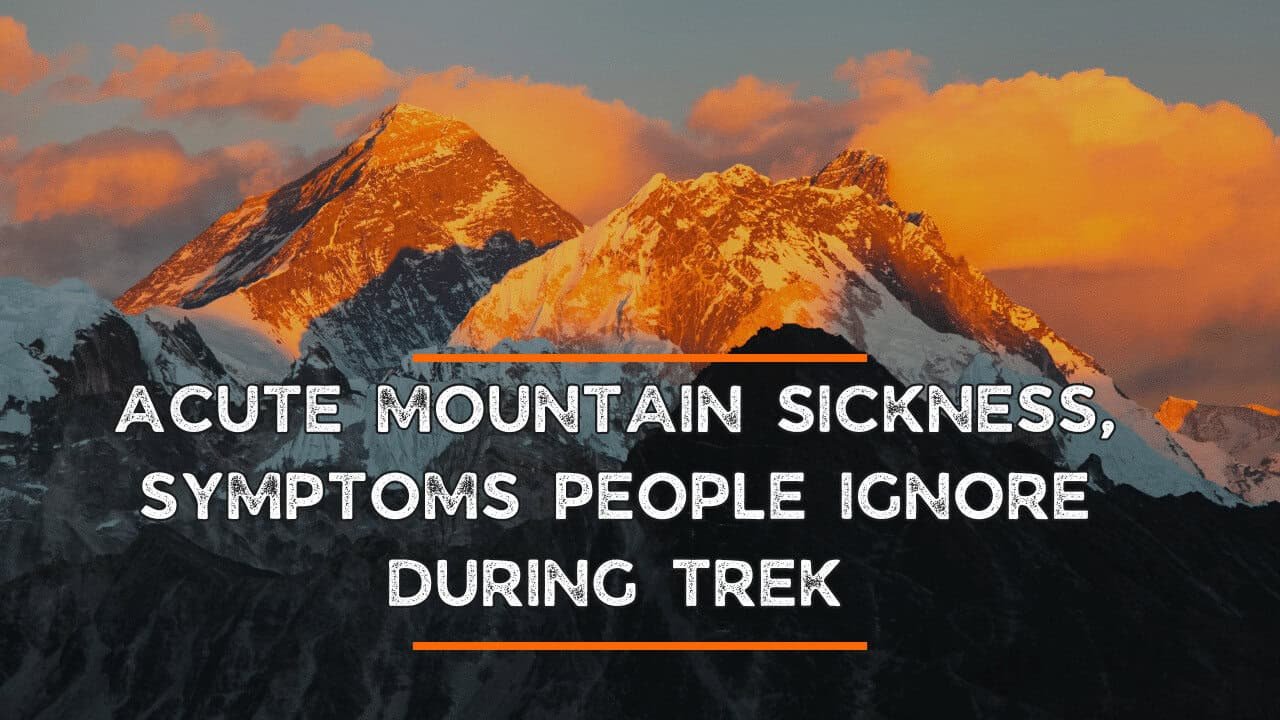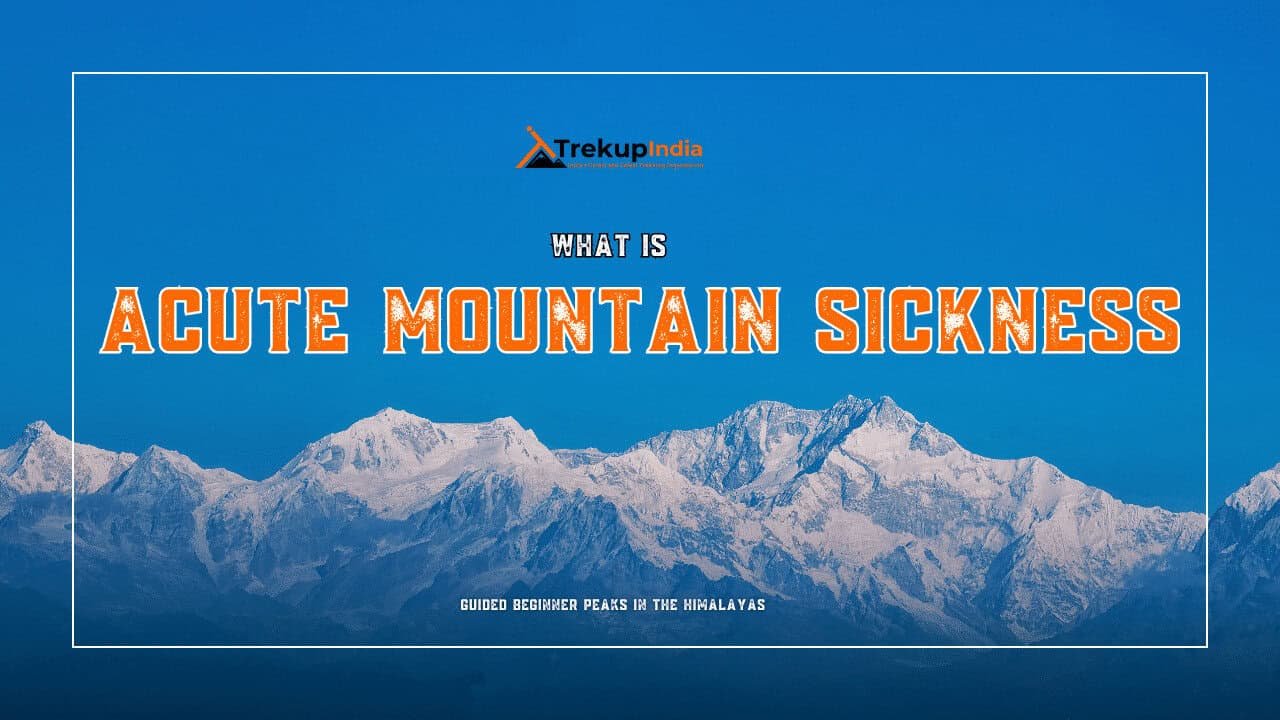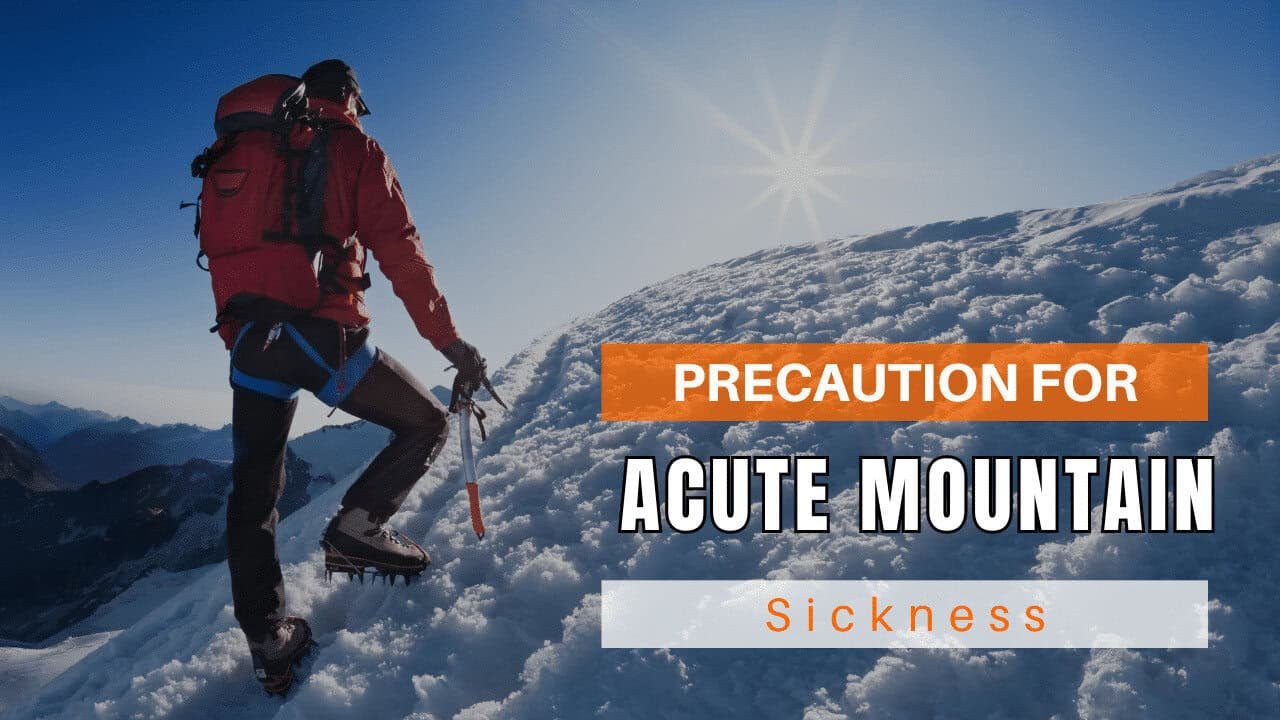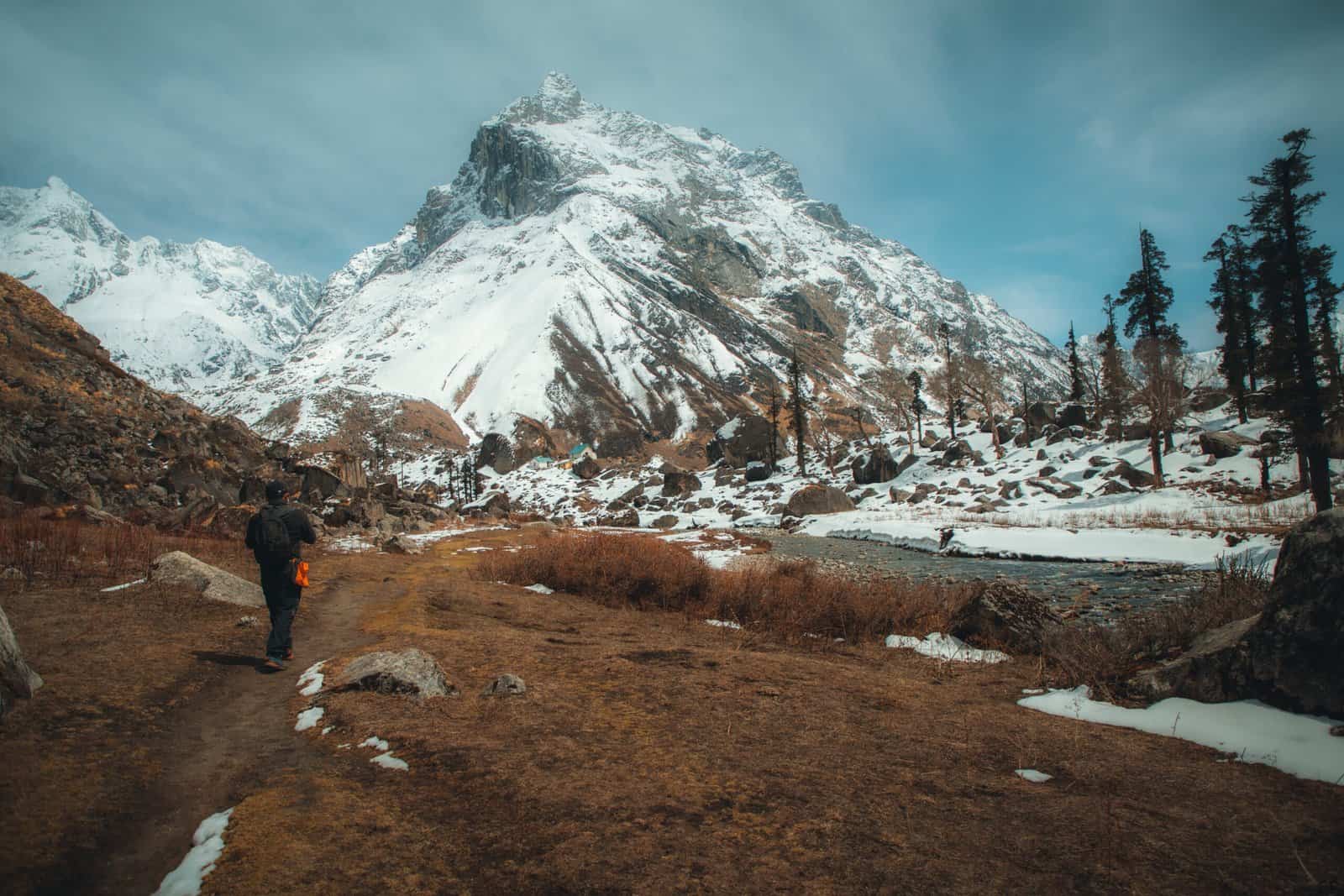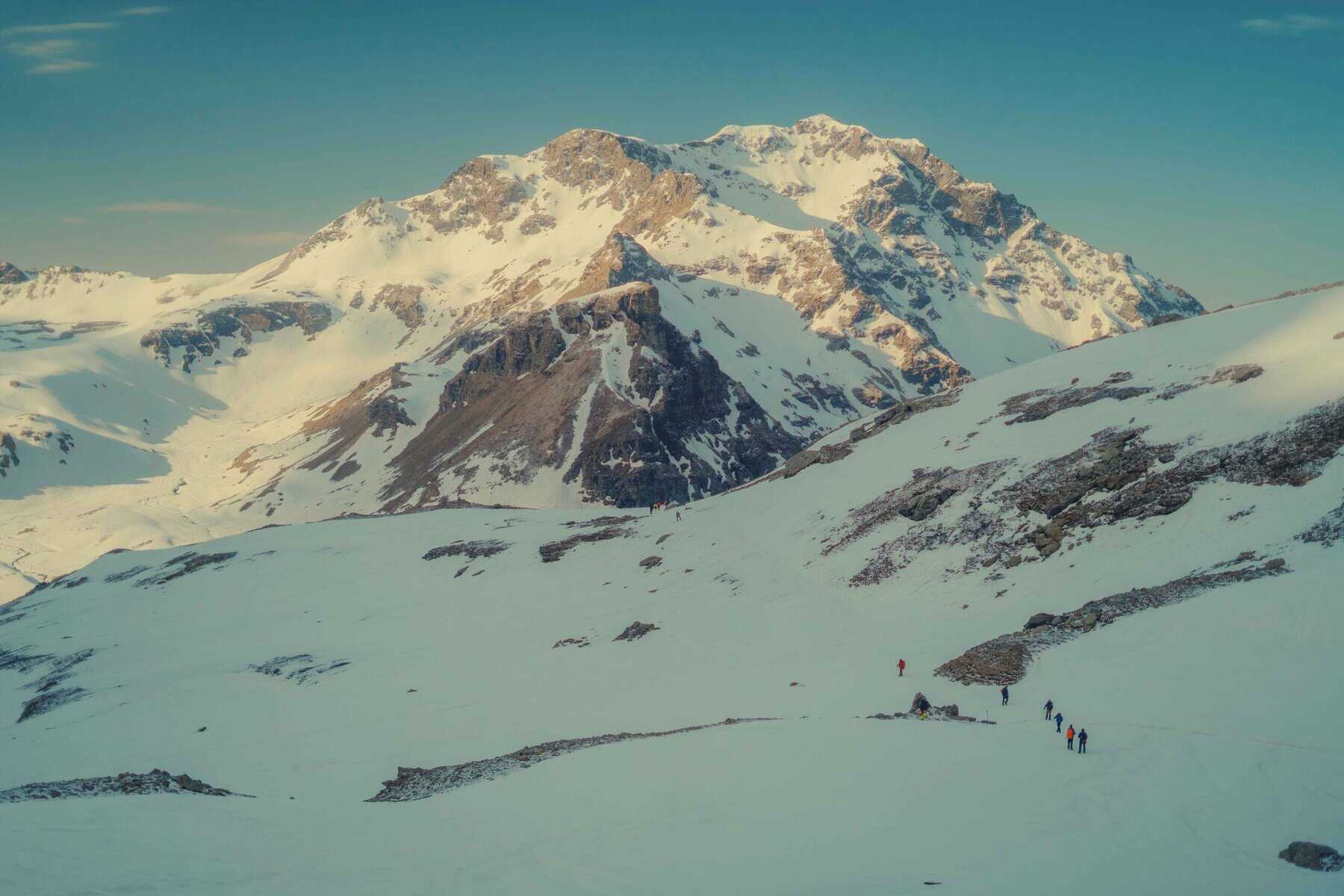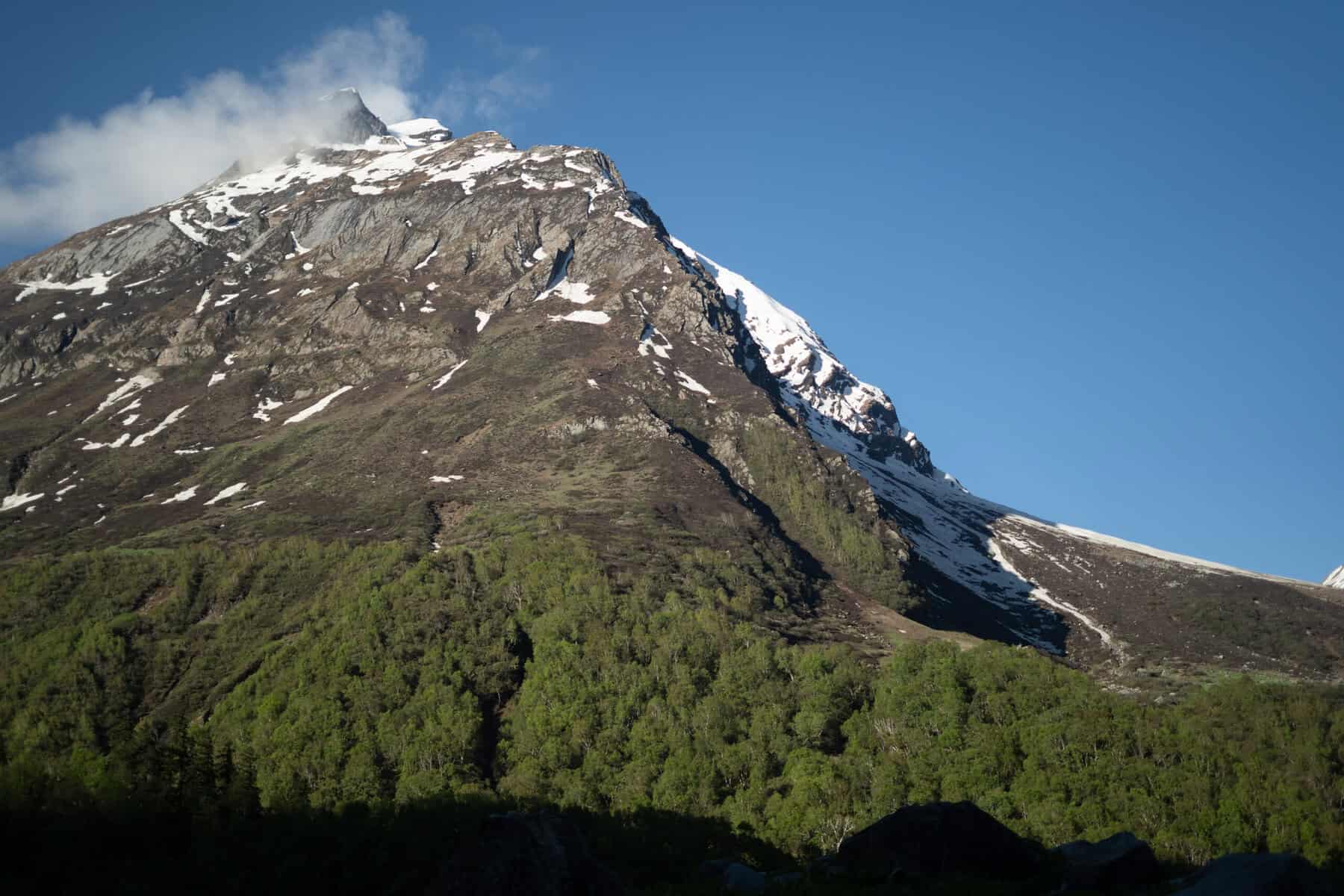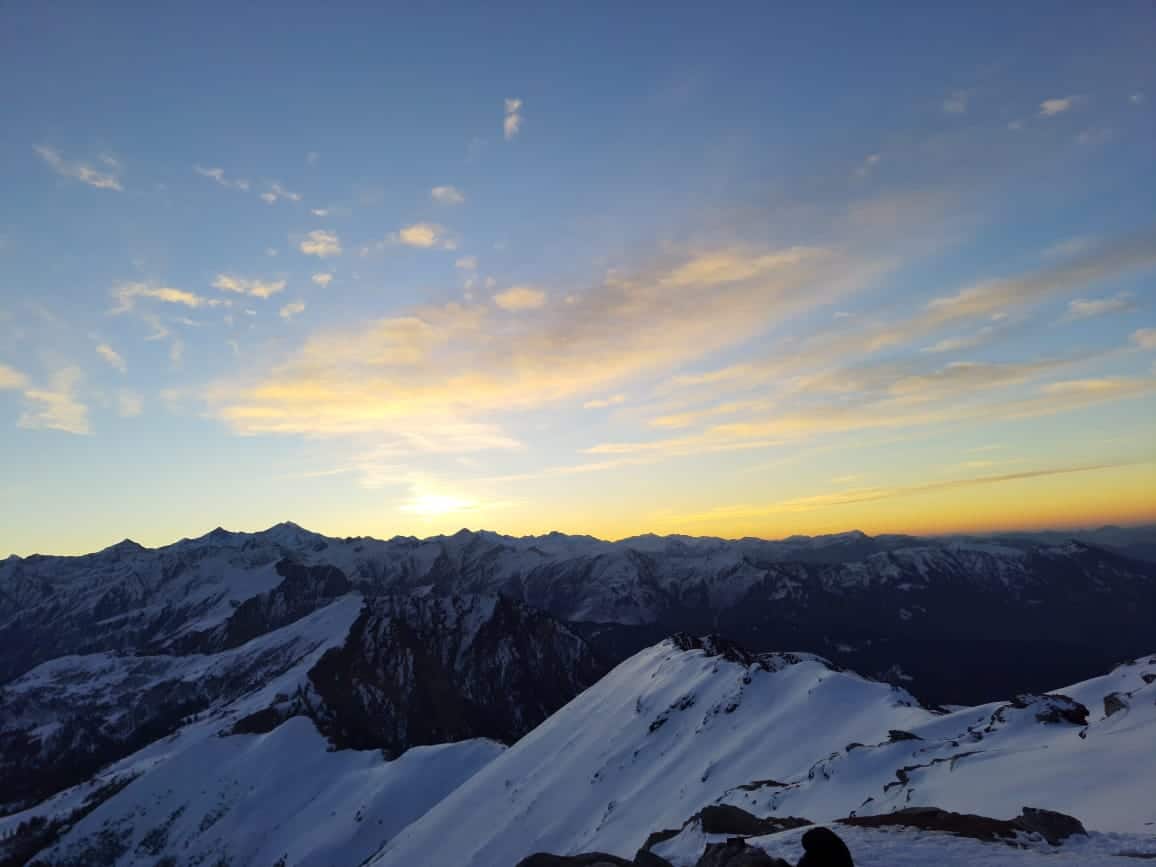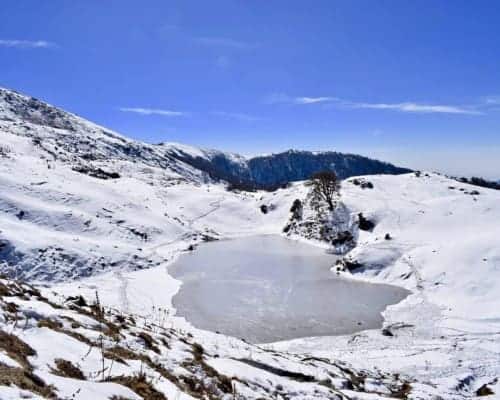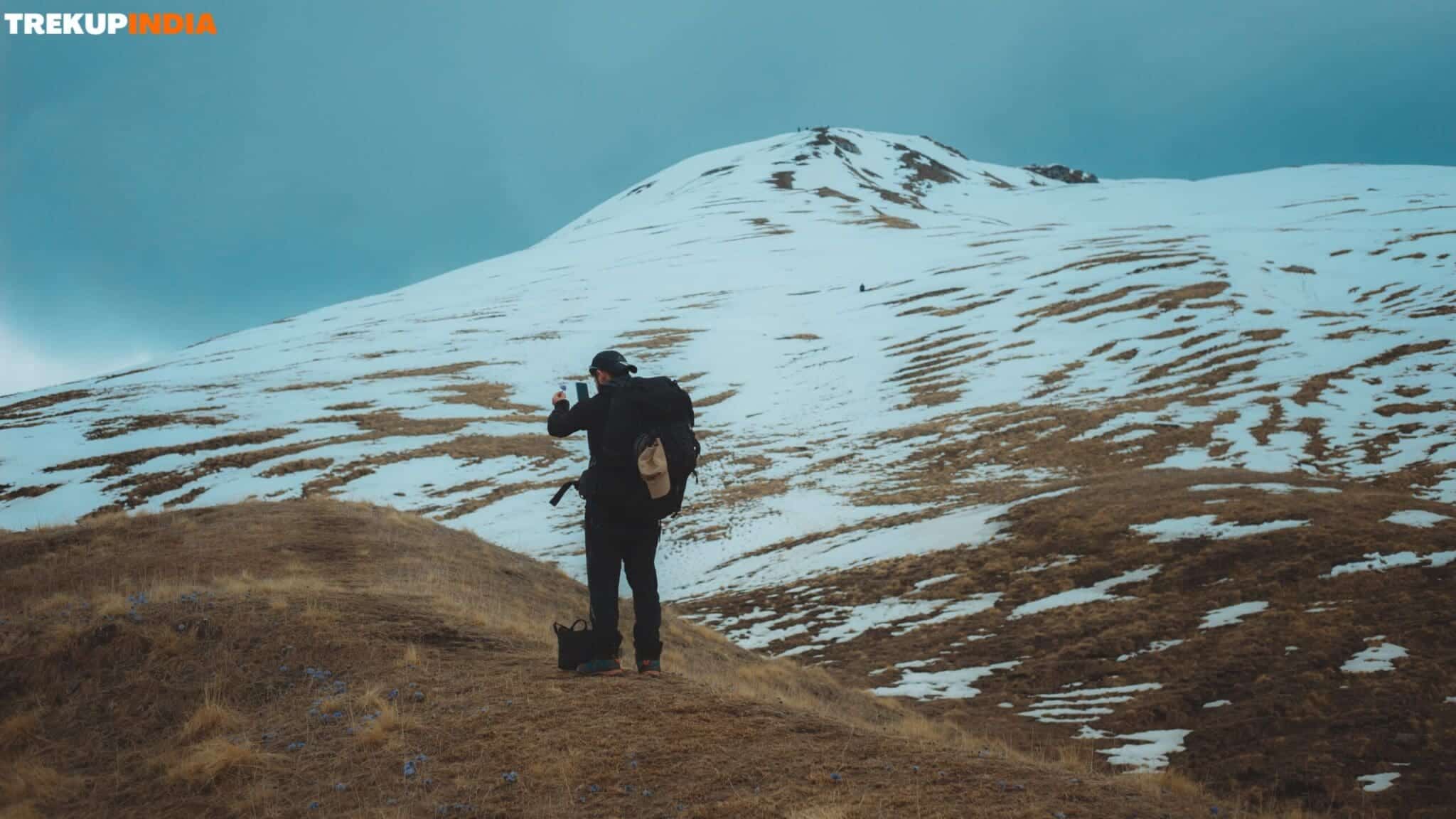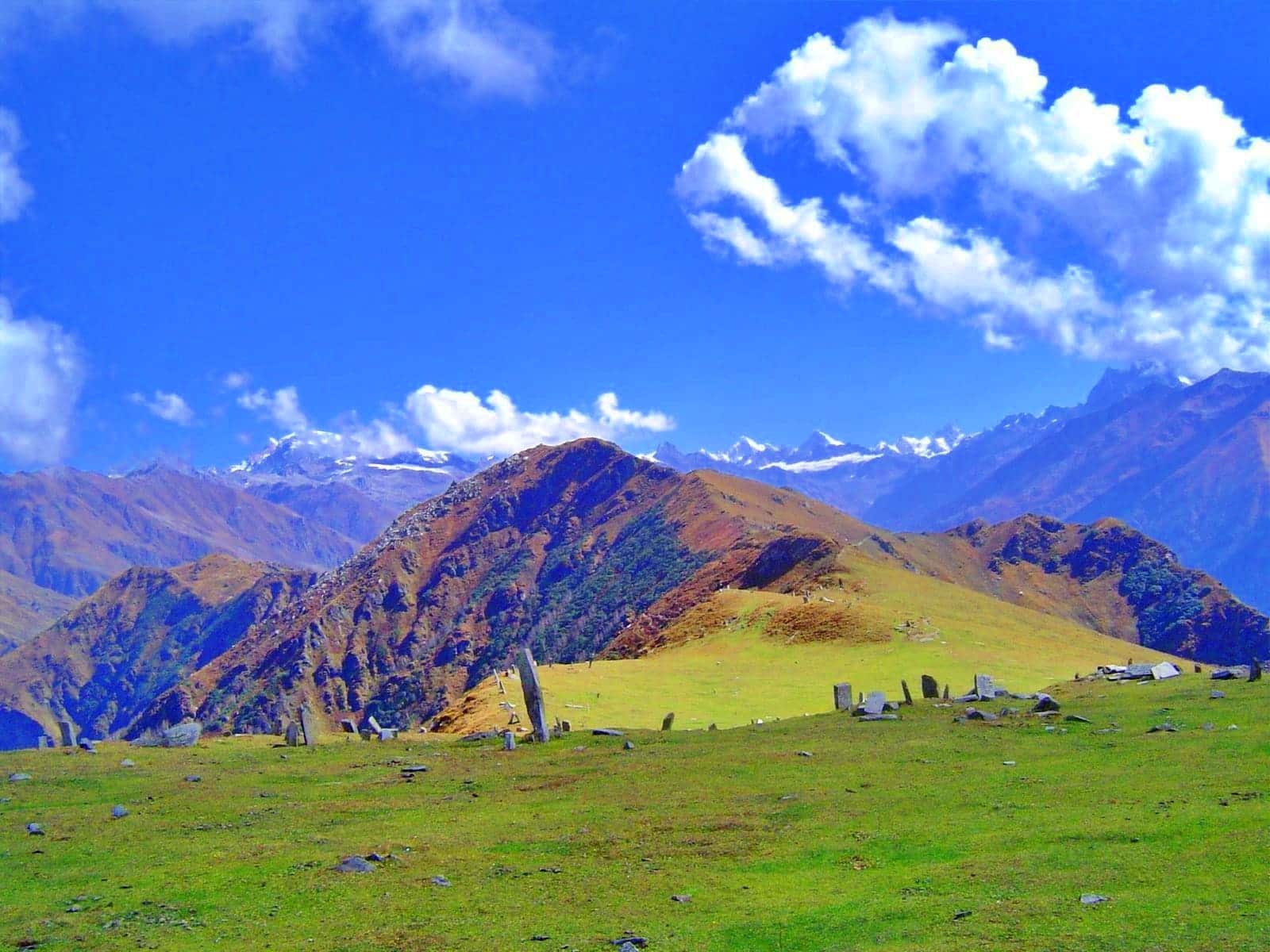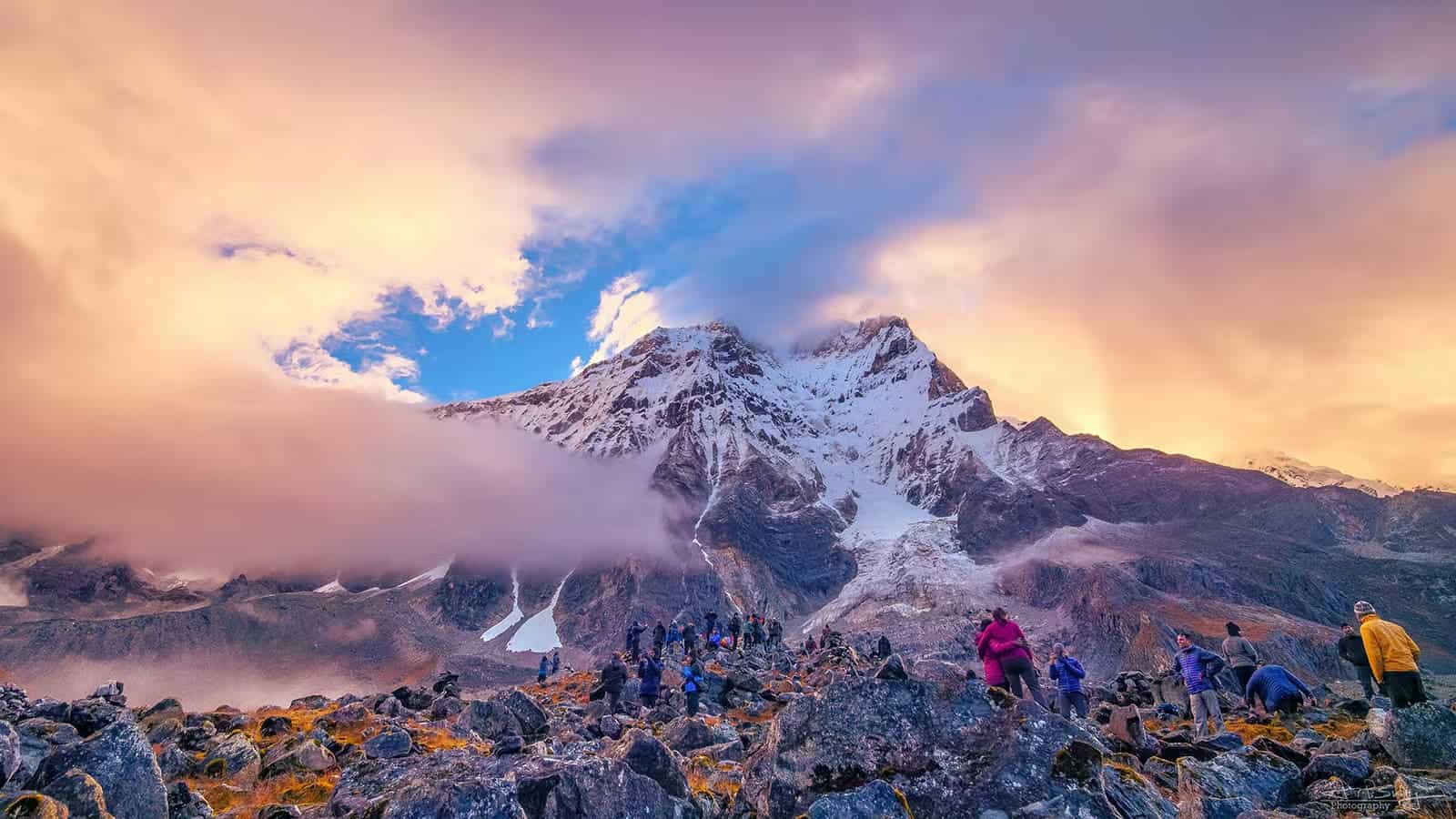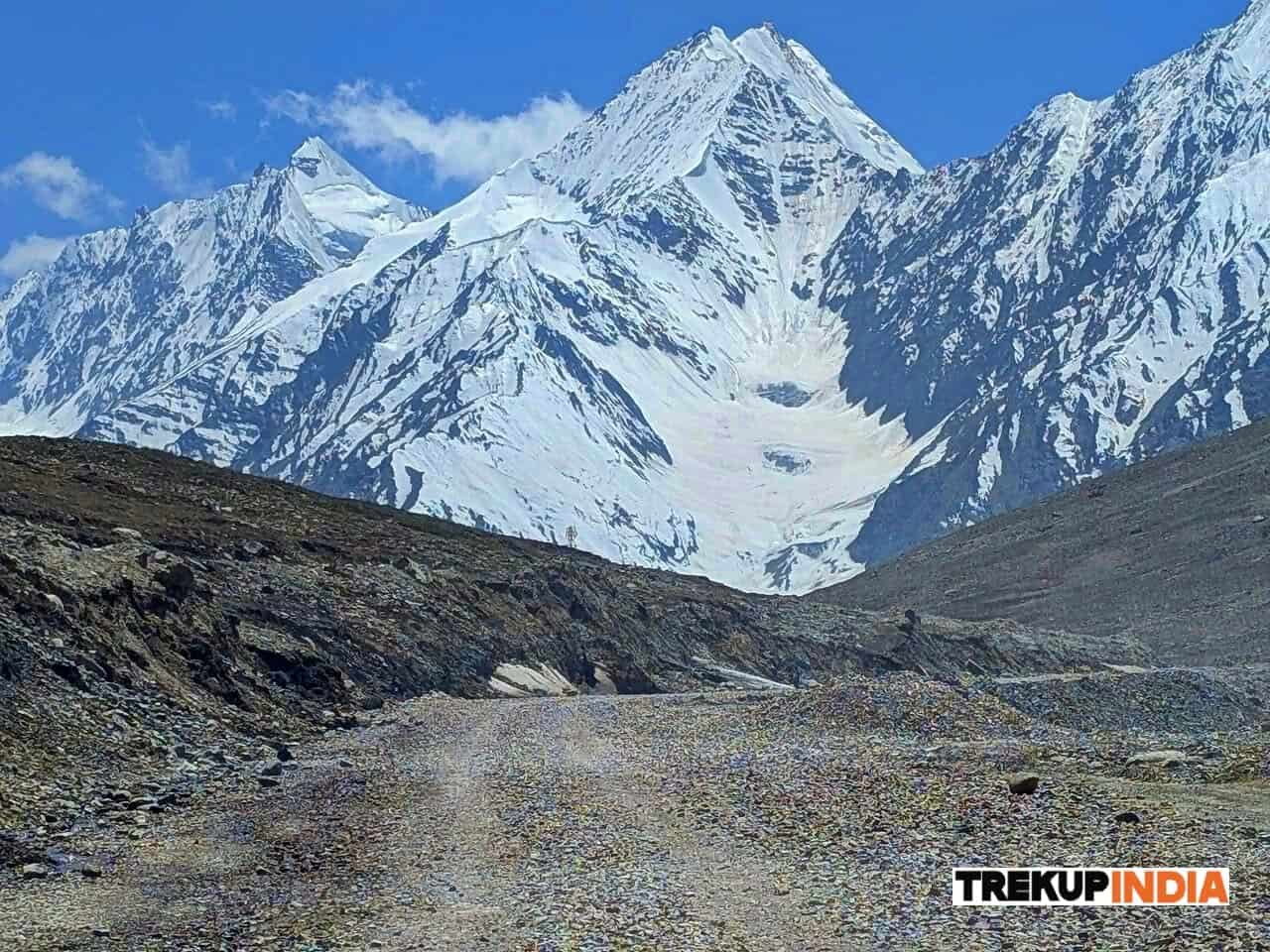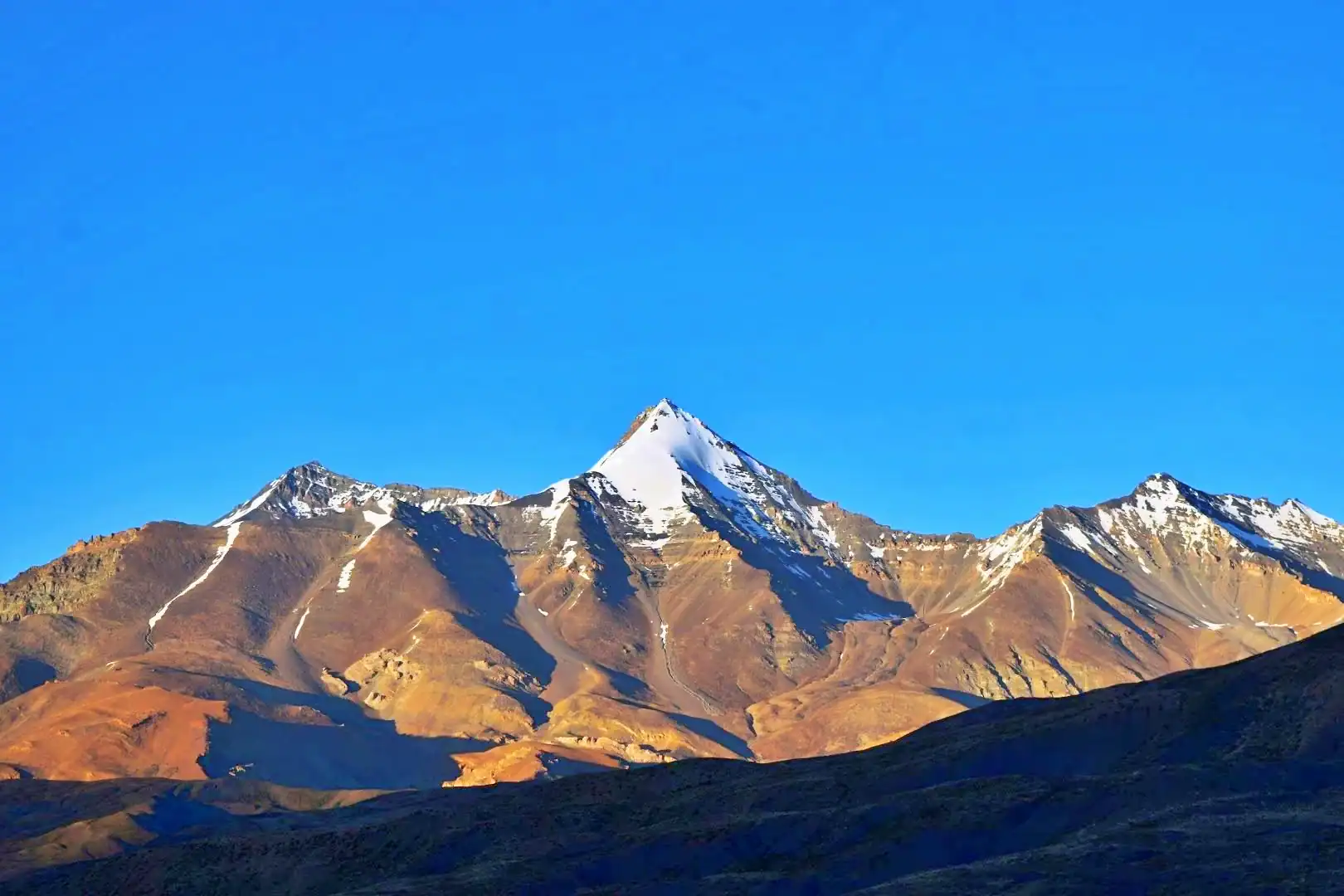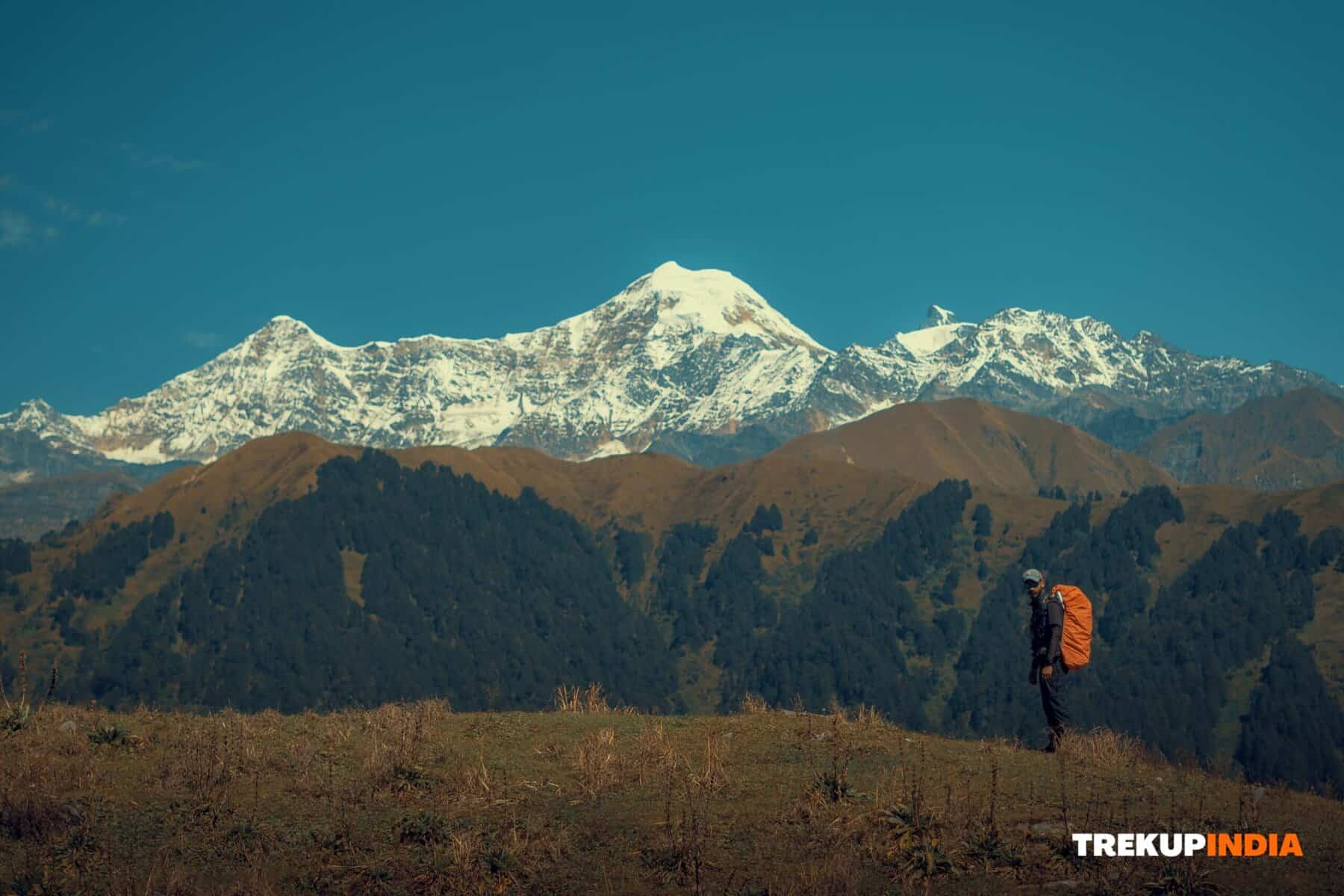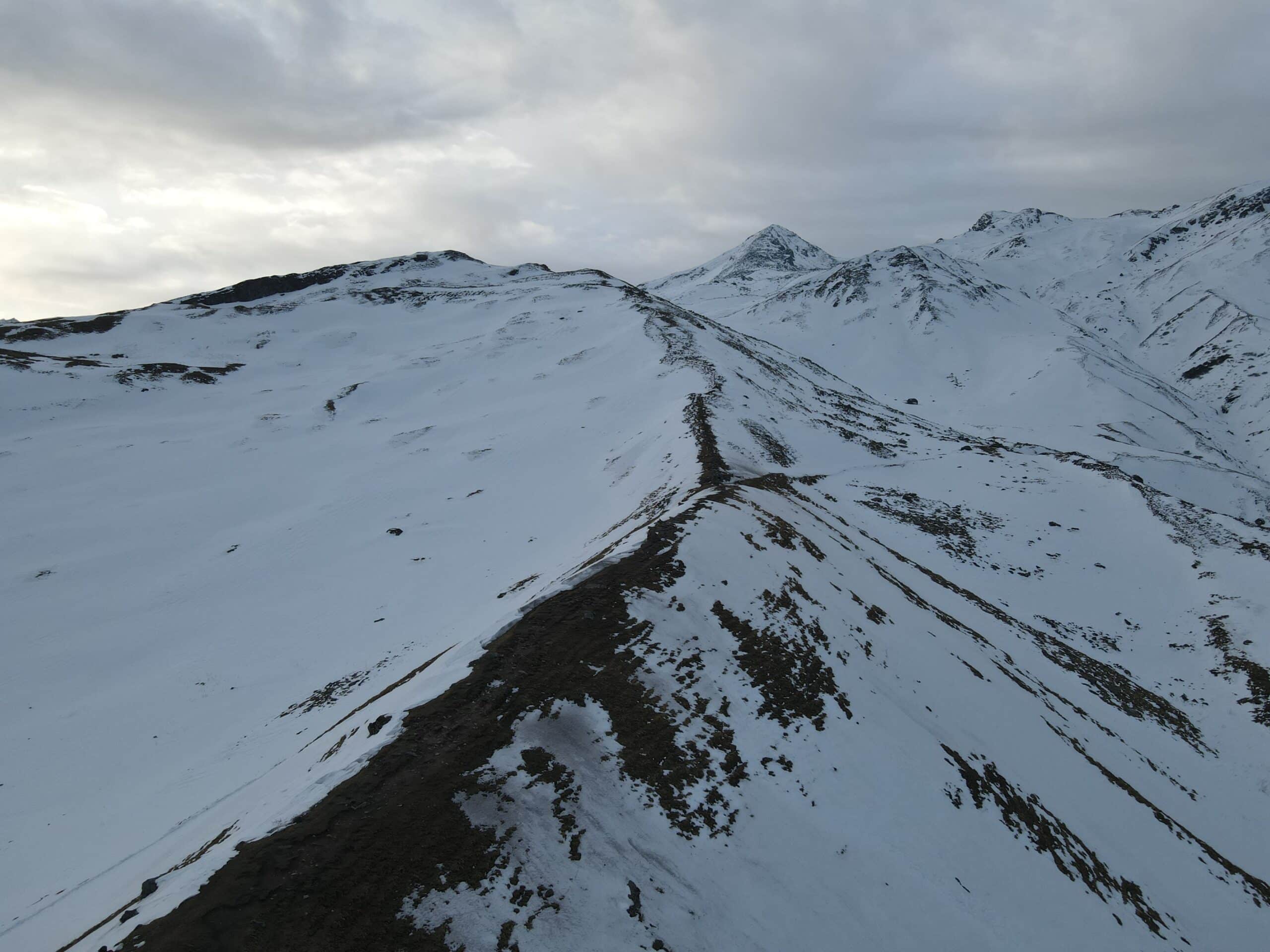Solo Trekking vs Group Trekking in India
Trekking terrain ranging from Zanskar’s rugged landscapes and lush forests of the Western Ghats offers experiences suitable for solo trekkers as well as those preferring group treks. However, choosing between solo or group treks shouldn’t just come down to personal preferences. Still, it should take into account factors like security concerns, logistical planning needs, and desired experience type – we have provided you with a guide so that you can decide which method will be the most beneficial to your trekking needs.
Why Solo Trekking Is Attractive?
Solo trekking offers great freedom
You are free to set the pace yourself, make spontaneous adjustments on the fly, and take in all the sights at your own pace – it is perfect for contemplative travel as well as solo journeys into wilderness regions.
Your Close Connection with Nature
With fewer distractions in the way, it becomes easier for you to connect more closely with the natural world – every breeze, sound, or sight becomes personal and engaging.
Personal Development and Self-Reliance
Solo treks will put your endurance, decision-making, and survival abilities to the test, which in turn builds your self-reliance. Success on such treks will strengthen your sense of confidence.
Risks & Challenges of Solo Trekking in India
Trekkers who go alone on treks through lesser-known Indian tracks, such as Kanasar or Kugti Pass, may find that navigation and getting lost are significant concerns, which necessitate proficiency with maps/GPS gadgets/topography reading to avoid becoming disoriented and lost.
Emergencies, such as Accidents, altitude sickness, or extreme weather conditions, can be life-threatening without assistance from others.
Connectivity Problems in High Altitude and Remote Areas
Mobile networks tend to be unavailable in these locations.
Wildlife and Human Encounters
Even when wildlife encounters are pretty uncommon, or hazardous situations present themselves, they could pose significant threats when left in groups.
Permit Regulations: Certain areas (for instance, Ladakh and Arunachal) prohibit or outright ban all solo trekking altogether.
Why Group Trekking Is Safer & Smarter for Most
Treks led by certified outfits like Trekup India ensure there will always be someone there for you – from carrying equipment to first aid needs; all will be part of the group effort.
Local Expertise guides offer valuable information such as alternative routes, weather forecasts, and an understanding of flora/fauna and cultural differences.
Rapid emergency response
In cases of an injury or illness, there are those available who can quickly provide aid, notify authorities, and even assist with evacuations.
Motivation and Motivation Achieve success when climbing challenging mountains, such as Kuari Pass or Roopkund, becomes easier when supported by your Group.
Sharing Memories and Community
Treks can create lasting friendships among group participants, turning an adventure into an experience shared among friends.
Trekup India Recommendations: Consider Going Solo If You have previous experience trekking in India or the Himalayas.
Your skills in navigation through the wilderness are well established.
Are You Exploring Short, Popular Trails (Triund, Kareri Lake, or Rajmachi)?
Your trip has been thoroughly planned in terms of permits, safety measures, and weather considerations.
Choose Group If: Initiating Trekking can be daunting, so joining an organized trek is wise.
The trek will include both high altitude and technical tracks (Pin Parvati, Bali Pass, and Kedartal).
Comparison
Aspect | Solo Trekking | Group Trekking |
Freedom | Maximum | Moderate (fixed itineraries) |
Safety | Risky (especially remote treks) | Higher (first-aid, help, guides) |
Cost | Lower (no guide or porters) | Slightly higher (shared among members) |
Skill Requirement | High (navigation, survival) | Moderate (guide-led) |
Social Experience | Minimal | High (ideal for beginners & social hikers) |
Trekup India Safety Tip:
When travelling alone, be sure to share your route with someone, carry a Map/GPS device, and have an emergency contact in place in case the weather or climate conditions change rapidly in the mountains of India.
Conclusion
Indian trekking treks offer adventure and variety. But they require preparation in terms of awareness, respect, and understanding when making decisions between solo or group treks. A solo trek offers independence, connection with nature, and personal growth opportunities while increasing risks requiring capabilities, expertise, and an acute sense of risk management. In contrast, group treks such as Trekup India provide safe social adventures when exploring remote regions or higher altitudes. Your best choice depends on your desired trek goal, level of fitness, and comfort with risk management. No matter if you seek solitude or camaraderie, always put safety first and maintain an appropriate mind set to maximize the joy of any trek through India’s breathtaking landscapes.
About Author

Anoop Rawat (Admin TrekUp India)
Anoop has worked for 5 years as a Trek Leader with TrekUpIndia, leading numerous treks across the diverse and challenging terrains of Uttarakhand and Himachal Pradesh. He holds a degree in Geology with a specialization in Geographic Information Systems (GIS) from UPES Dehradun. During his academic years, he actively applied his classroom knowledge in the field—most notably by contributing to a glacier research project on the Jundar Glacier in the Har Ki Dun Valley, Uttarakhand. Write Anoop at anoop@trekupindia.com
Share this article
Dates For Upcoming Treks
Want To Trek Like Pro?
Basically, watch these videos if you want to trek the same way professional trekkers do and make your skills better. These videos contain useful tips and techniques to further improve your trekking skills itself. These videos actually help both new and experienced trekkers improve their trekking skills. These videos definitely provide useful tips that make your trek better. We are seeing that these videos by Trekup India experts will only help you make your trekking skills better.
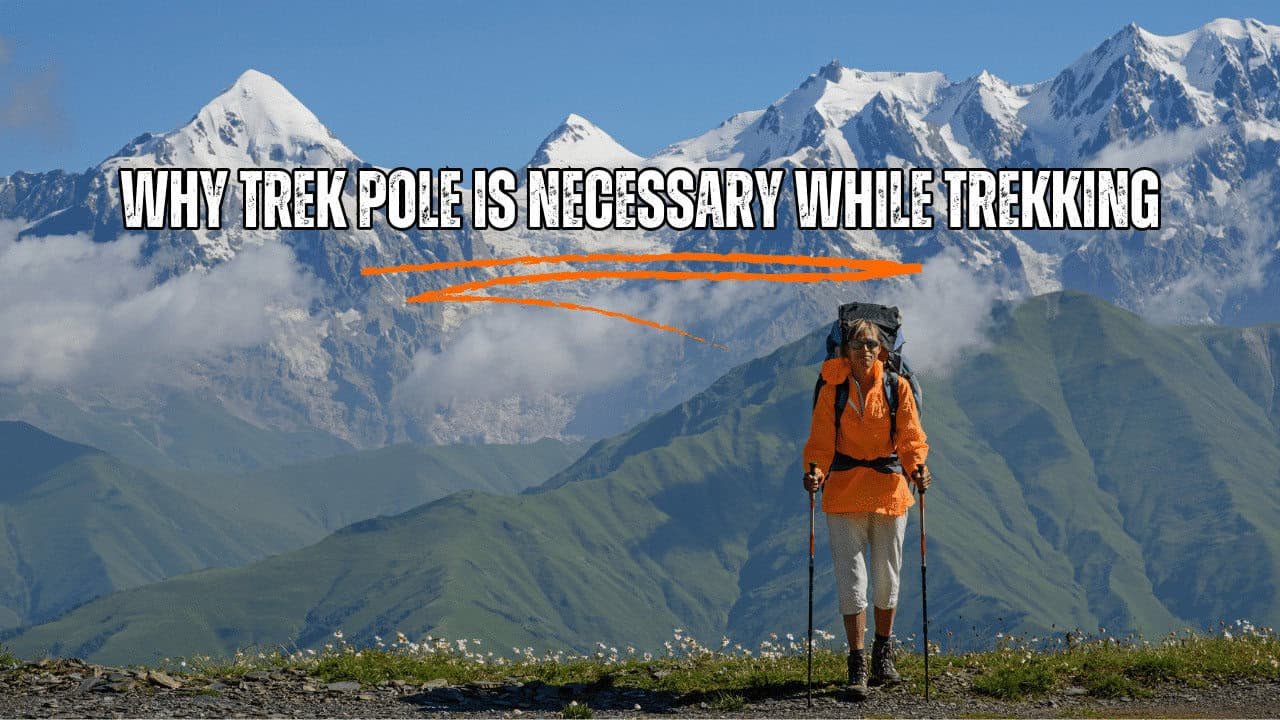
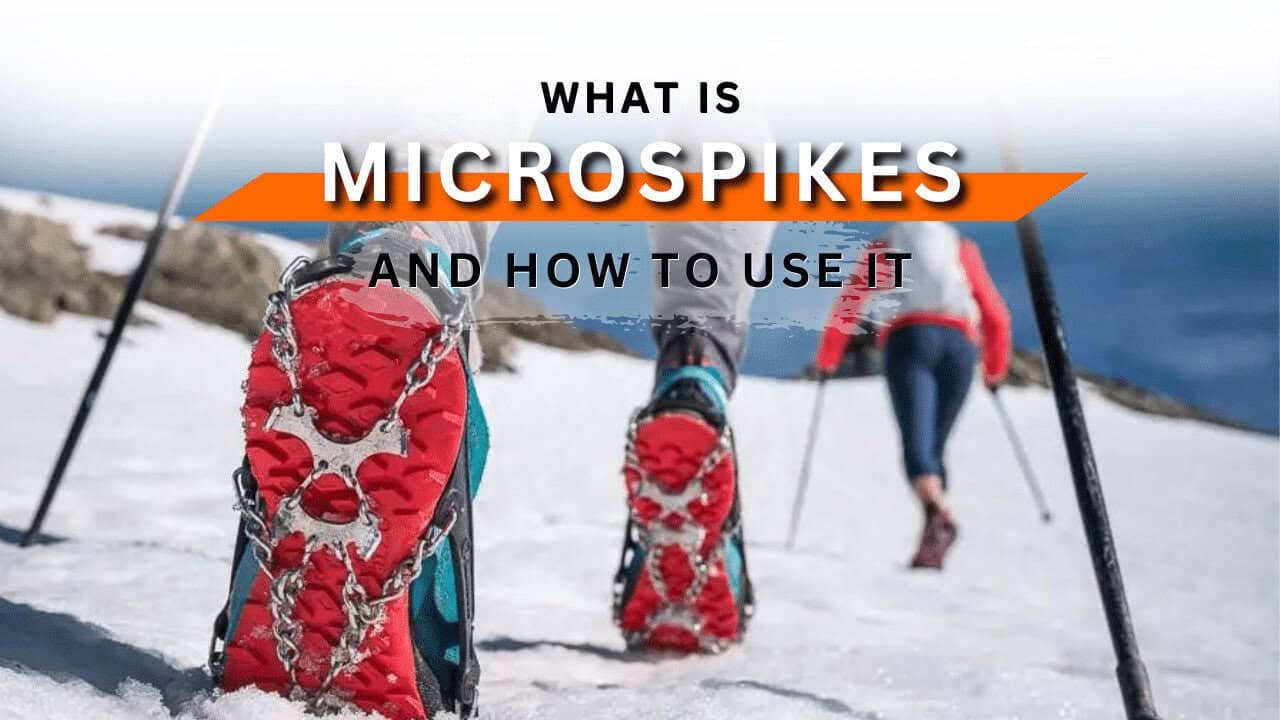

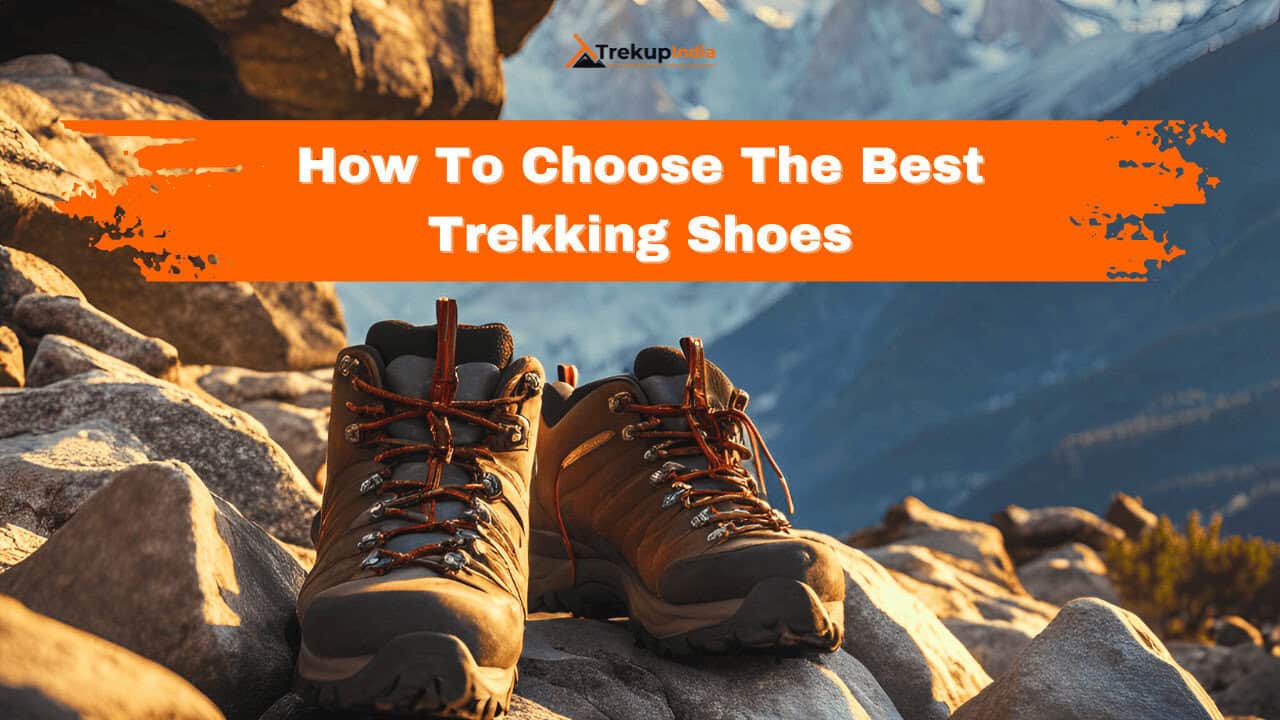

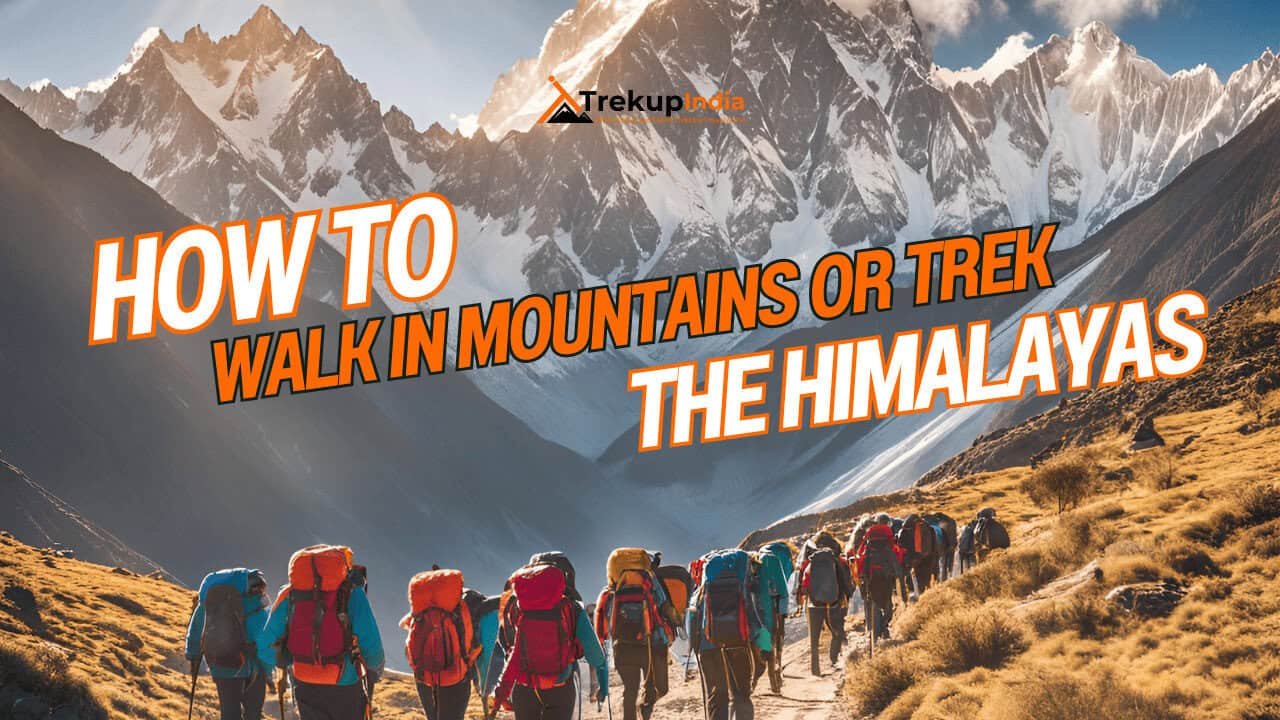

Know Everything About Acute Mountain Sickness
Acute Mountain Sickness occurs when people trek to high altitudes above 8,000 feet. This condition itself develops further due to reduced oxygen levels at such heights. Basically, as you go higher up, the air pressure and oxygen levels decrease, which causes the same problem. Acute Mountain Sickness surely causes headache, nausea, vomiting, and dizziness in affected persons. Moreover, peoples also experience difficulty in sleeping during this condition. To avoid mountain sickness, you should actually trek up slowly to higher altitudes. To learn further about this condition itself, watch the videos by Trekup India.
